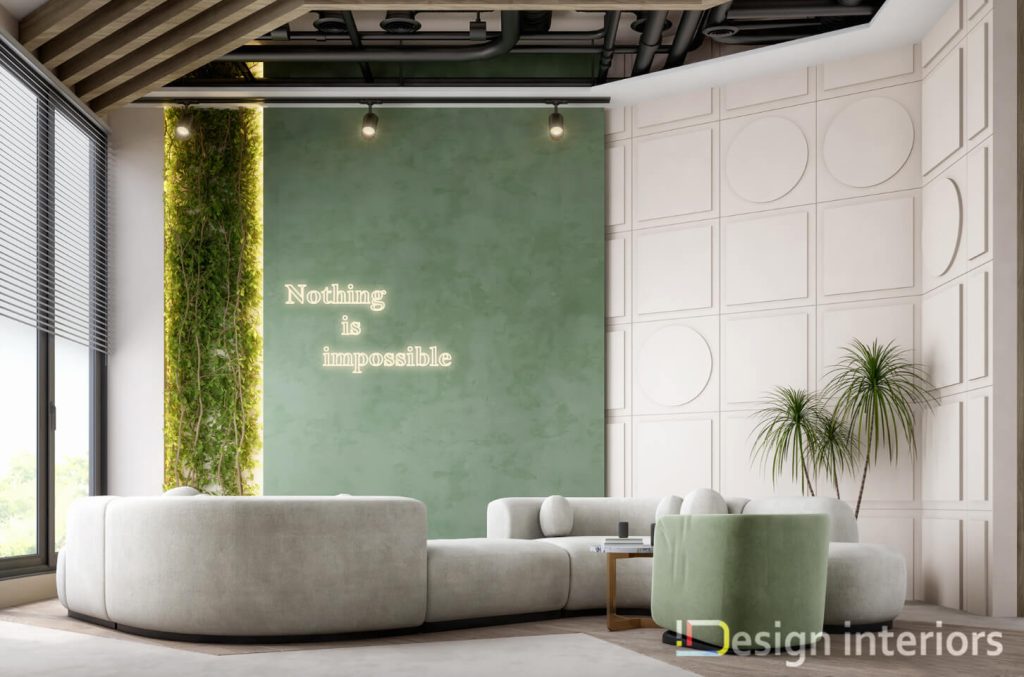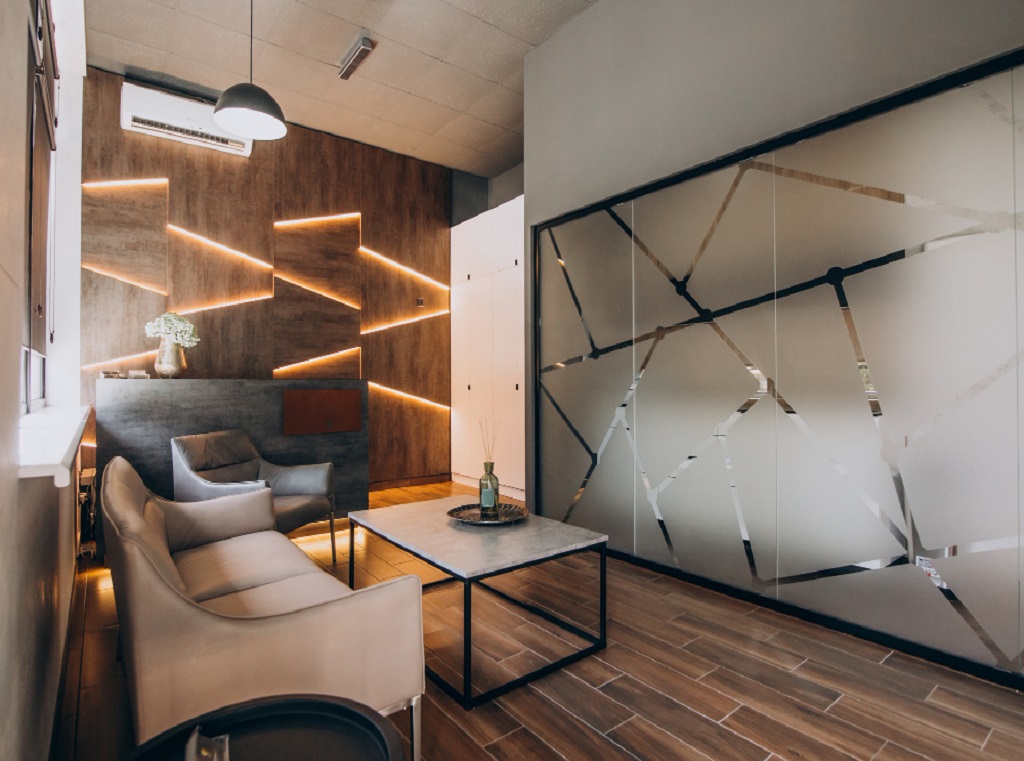Lighting is an integral element of interior design that impacts functionality, aesthetics, ambiance, and even your mental state. Understanding lighting principles allows you to sculpt visually stunning spaces that elevate quality of life. This guide will illuminate techniques for wielding light to transform interiors.
Mastering the Basics: The Role of Ambient Lighting
Ambient lighting forms the soft, uniform base layer that enables safe navigation and comfortable visibility. Typically supplied by ceiling lights or wall sconces, ambient lighting establishes the underlying atmosphere. Use it to infuse spaces with welcoming warmth or sleek modernity per your client’s vision.
Strategically place ambient lighting to meld separate zones into a cohesive whole. Layer tones and intensities to fashion nuanced palettes catered to your interior design. Also, install dimmers, smart technology, and presets so that you can easily adjust the ambiance for different occasions.
Enhancing Focus with Task Lighting
While ambient light sets the stage, dedicated task lighting sharpens visibility in key activity areas to optimize functionality. Direct illumination is precisely where you require bright focus to conduct specific tasks. For reading nooks and desks, swivel adjustable lamps or install streamlined linear fixtures.
Similarly, under-cabinet lighting in kitchens helps food preparation and cooking safety. Consider activity patterns in each zone – localize lighting to illuminate unique functional needs while preventing disruptive glare in other areas.
Sculpt Focal Points with Targeted Accent Lighting
If ambient and task lighting supply the foundations, accent lighting provides bespoke finishing touches. Use narrow-beam adjustable fixtures to curate artistic highlights. Grace architectural details, textural textiles, artwork, or treasured travel mementos with flattering spot illumination. Cove lighting indents stripes of light and shadow that define separate spaces within a larger interior.
Similarly, up-lights placed at the base of architectural columns splash light upwards for dramatic effect. Carefully angled lighting revels in the mercurial magic of delicate crystals, metallic sculptures, and glass objects. Treat lighting as your paintbrush to transform and elevate spaces.
Harnessing the Power of Natural Light
Alongside artificial fixtures, generously embrace natural light to boost sustainability in your interior design schemes. Strategically place transparent features like floor-to-ceiling panels, skylights, and transom windows to usher sunlight inwards, reducing reliance on powered illumination during daytime.
Consider solar orientation and sightlines – select windows that frame lovely exterior vistas for clients to enjoy. Finally, layer shading devices and window treatments to filter harsh glares – privacy and sunlight control enable comfort. Recognize shadows as a design feature rather than a bugbear. Allow sunlight patches to shift throughout the days for dynamic interplays of light and shadows that stimulate the senses.
By wielding both artificial and natural lighting, your home interior design will be perfect. They will transform spaces completely to elevate your life with rooms infused with function, beauty, and personality.



